While we can only control so much, learn tips for how to reduce food waste to help the environment in a simple and impactful way.
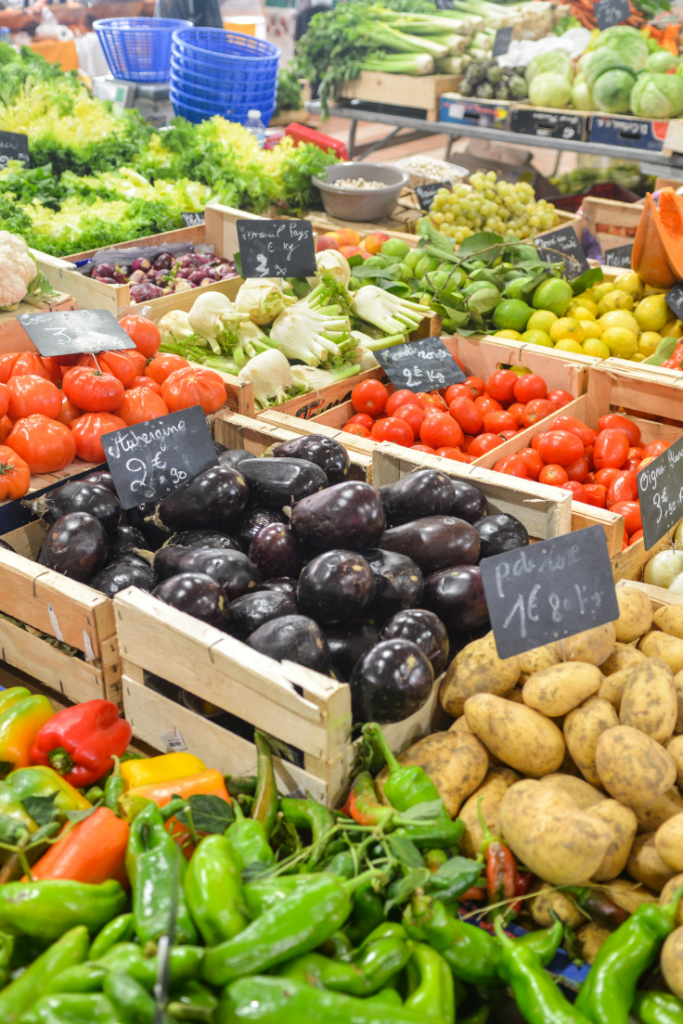
This post contains affiliate links.
For us, once going vegan, we knew we were doing a lot for the environment already. As a natural evolution, we starting looking for more ways to help. Which led us to naturally think about food waste. Today, we’re sharing tips for how to reduce food waste yourself.
We know that there is only so much that we can control. Food waste at the production level, transportation level and grocery store level are things out of our control. For some people, there is so much food waste at these levels, you may wonder what is even the point of you trying to do your part when it seems like they waste more in a day than you could in a year.
We are here to tell you that even your small part does make a difference. If everyone does their part, we can make a significant impact.
Never miss another post! Sign up for our weekly newsletter and get them all delivered easily! Plus, 15 easy recipes delivered immediately!
Sign Up For My Newsletter Today!
Why Reduce Food Waste?
Almost 30% of the food grown or made in the world is wasted. That is the equivalent to over 1.3 billion tons of waste every year and that’s just food waste. Water waste, rising greenhouse gas emissions and more are reasons to want to reduce food waste.
As part of combating climate change and creating a better environment for younger generations, we have to care about the different layers of environmental impact we have.
Tips for How to Reduce Food Waste
Below are our tips for how to reduce food waste. Even if you only take one or two tips for now, you can make a difference.

Understand the dates on your food
Manufactures are required to put dates on their packages. However, many people express confusion over Best By dates versus Sell By and more. It’s always best to use your senses – does it smell or look normal, then it’s probably safe.
When in doubt, it’s best to throw out though.
Don’t get food at a restaurant you don’t like
This seems like a no brainer, but people still won’t ask for people to swap or remove something you don’t like. If you don’t like broccoli and your meal comes with broccoli, it’s just going to go into the trash. It’s pointless. Just ask the waiter/waitress to either remove it from your meal or swap it with something else.
Eat your leftovers
Whether you are out at a restaurant or you are cooking strictly at home, you are bound to have leftovers at some point in time. Make a plan to either eat them as is, or transform your leftovers into new meals. One of our favorite ways to use up holiday leftovers is to make a leftover pizza with them!
Don’t be a perfectionist
Consumers demand perfect produce so much that a ton of food waste happens at the production level. Upwards of 40% of fruit and vegetables are thrown away before they even leave the farm because they are discolored, oddly sized, or misshapen.
In addition to picking fruits at the store that are perfectly shaped or colored, you can order from somewhere like Misfits Market, that works directly with farmers to sell produce they can’t send to the stores.
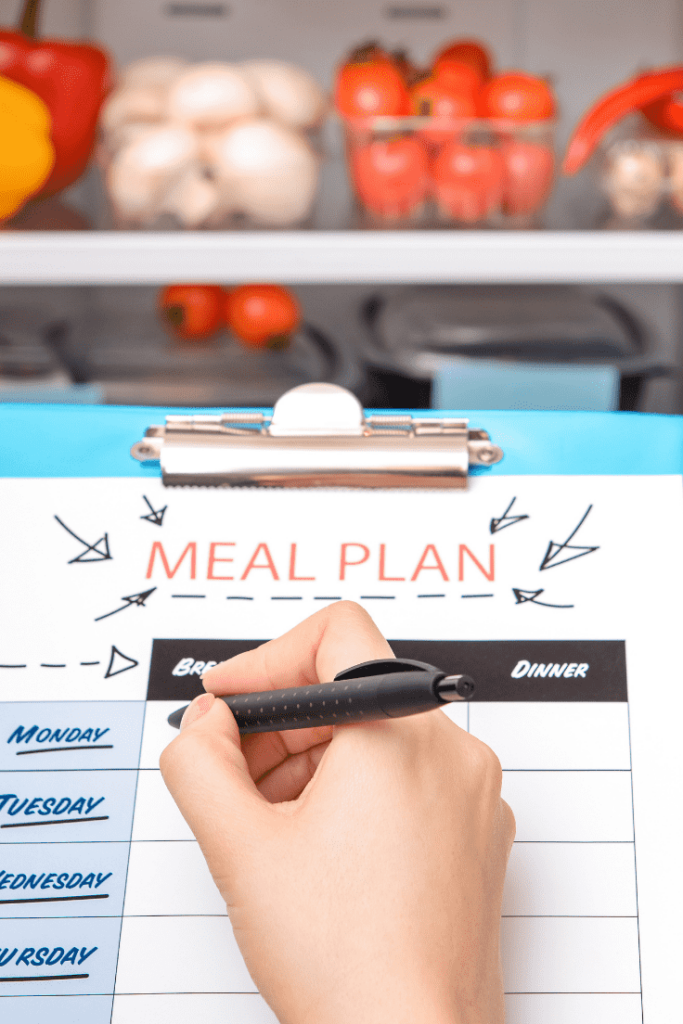
Make a meal plan
If you can, meal planning is a great way to reduce food waste. Without a plan, often you stare at the fridge and are unsure what to make even with a full fridge. Often times this leads to people ordering take-out and then the food in your fridge goes to waste when it doesn’t need too.
Our favorite tip for meal planning is to make a list of 31 of your favorite meals. Sit down and really thing about the meals that you love (ideally do this for each breakfast, lunch and dinner).
When you have a list like this, it’s easy to create a weekly meal plan and shopping list from and you have at least 4 weeks of meals without having to worry about repeating and always making the same thing.
Our next favorite tip for meal planning, is to see what you already have in your fridge, freezer or pantry and create meals on what you already have available. This not only will make sure that gets used up, but it will reduce your overall grocery bill that week at the store.
Stick to your shopping list
First, make a shopping list. If you can into the store without a plan, you will likely overbuy. Once you have your list, stick to it. Again, adding things into your cart that aren’t necessary, will continue to have you overbuying and not being able to get through the food until it goes to waste.
Avoid overbuying
Sounds simple, but if you’ve been doing grocery shopping yourself for more than a few weeks, then you know that simply not overbuying food, is not so simple. Try to keep track over a few weeks, how much your family consumes.
Is it 2 cartons of non-dairy milk? Then, only buy 2. There’s no sense in buying 3 just because. If your family only eats through one or two packages of fruit a week, there’s no sense in buying more.
Reconsider tossing that food
Just because your bananas have a few black spots doesn’t mean that should go straight to the trash (or compost). Many foods, unless obvious mold, even if slightly past their prime, can still be used.
Bananas are be used for banana bread (try our chocolate banana bread version) or frozen and used in smoothies.
Things like leafy greens (spinach, kale, etc), are great in smoothies, soups, or stews as well.
Those ends of the bread can be store in the freezer until you have enough and then turned into stuffing or breadcrumbs.
Also, try googling if the food you think is waste, is actually waste. Broccoli and cauliflower stems, while they take a bit longer to cook, they still are edible and full of delicious ingredients. Things like celery leaves and carrot tops are also fully edible. Peels like oranges can be candied to reduce waste.
Make sure to store your food correctly
If you wash berries all at once, and then put them into the fridge, they are going to spoil within 1-3 days. If you place the container in your fridge and wash them as needed, you can double, sometimes even triple their shelf life.
Make sure that you are rotating your foods if you have more of them in the fridge and that you are making sure that your fridge is at the correct temperature. You don’t want your fridge to be above 41 degrees Fahrenheit.
See what vegan foods have the longest shelf life.
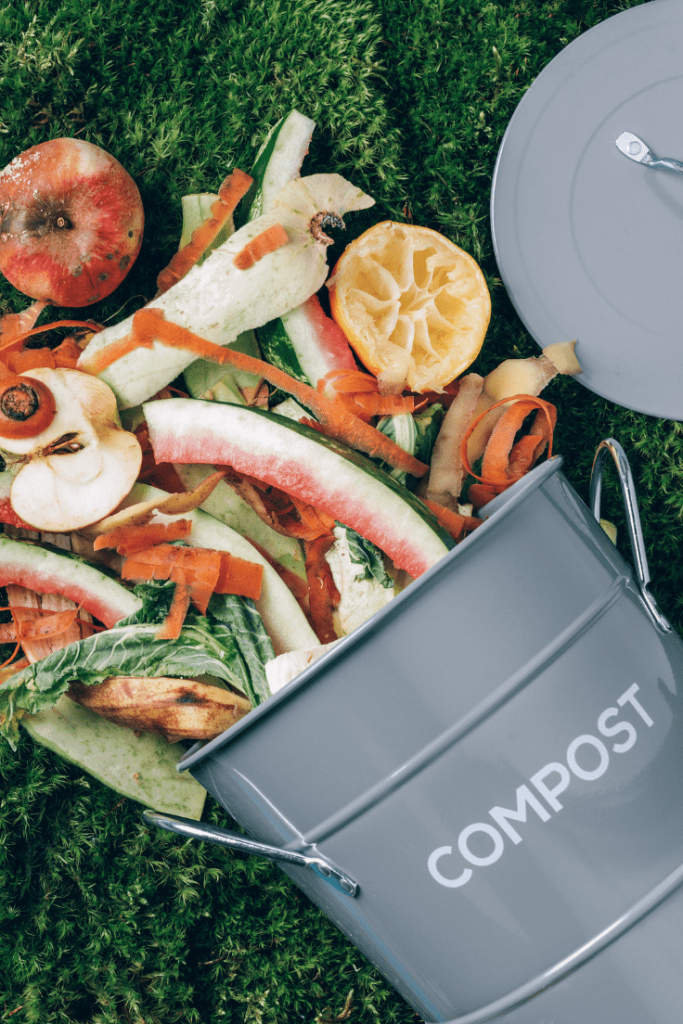
Follow a FIFO method
FIFO stands for first in, first out. Often times, there’s things that we buy every time we go to the store. Think vegan butter or non-dairy milk, maybe a specific salad dressing or fruit that your family wants every week.
The FIFO method, uses the product(s) that you bought first up to reduce spoilage of those and makes sure that the products that you bought last don’t get used until the first packages are completely used up.
Log your waste
No you aren’t a restaurant and it’s not a requirement of a home to log waste like a restaurant does. However, logging waste allows you to see what is constantly being wasted.
If your family never finished a package of strawberries, then you can keep half the package in the fridge and immediately freeze the remaining and throw into a smoothie at another time.
If you constantly buy spring mix, but never even open the package, you should really stop buying it.
Freeze it!
Most foods can be frozen. If you love things like smoothies, then almost every fruit can be frozen and still taste great inside of a smoothie. Even things like leafy greens can be frozen and then used in soups or smoothies, stir fries and more.
A good rule of thumb is if you see it inside your grocery store frozen, then there’s a way for you to freeze it as well.
Donate or Share
Food pantries don’t just accept food around the holidays, in fact they need it even more throughout the rest of the year and it’s a great way to prevent food waste of things that you aren’t going to eat before their expiration date.
Another option, is if you buy something that you don’t like, before tossing it, offer it to a family member, friend or neighbor!
Lastly, if you live near a farm, you can see if they accept food scraps to feed farm animals.
Compost
Even if you live in an apartment, you can compost. Not only does composting help you create your own rich and fertile soil, but you reduce how much waste goes to a landfill. It’s not the best option, since the water, gas, and labor was still all used, but it better than going to the landfill.
Challenge Yourself (and/or family)
Whether you live by yourself or with other, you can set a week per month (or bi-weekly) and make it a game! See how long you can create meals with just the food inside of your home without going to the grocery store.
How to Reduce Food Waste Summary
The bottom line is that there are so many ways on how to reduce food waste. Some of these ways you may already be implementing, while others may have been new for you to think about. Reducing food waste in your home, not only impacts you, but others around you and the environment that we all share together.
Did we miss a tip? Leave a comment below and let us know!


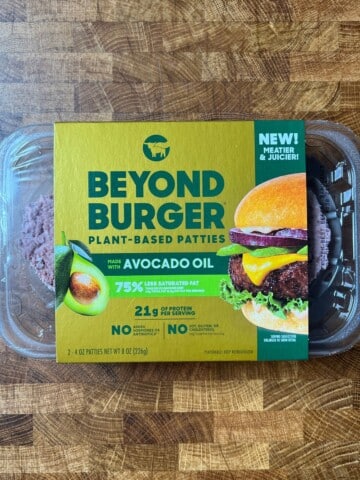
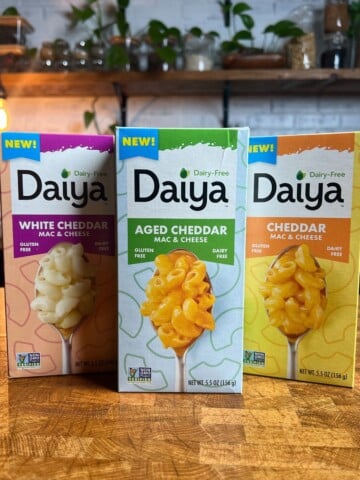
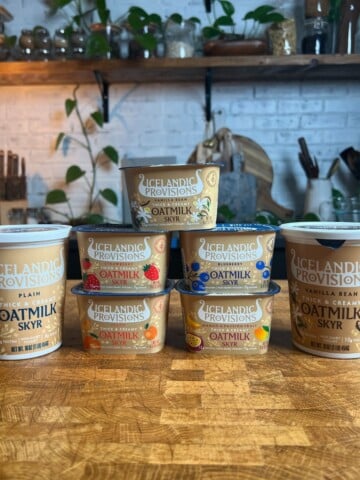
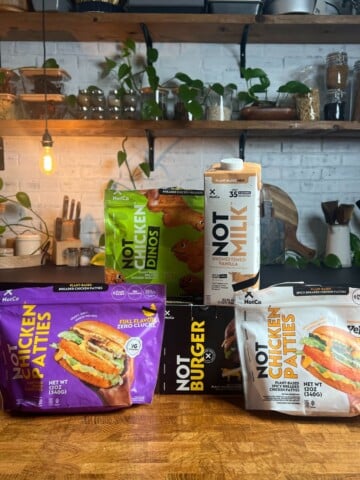
Leave a Reply